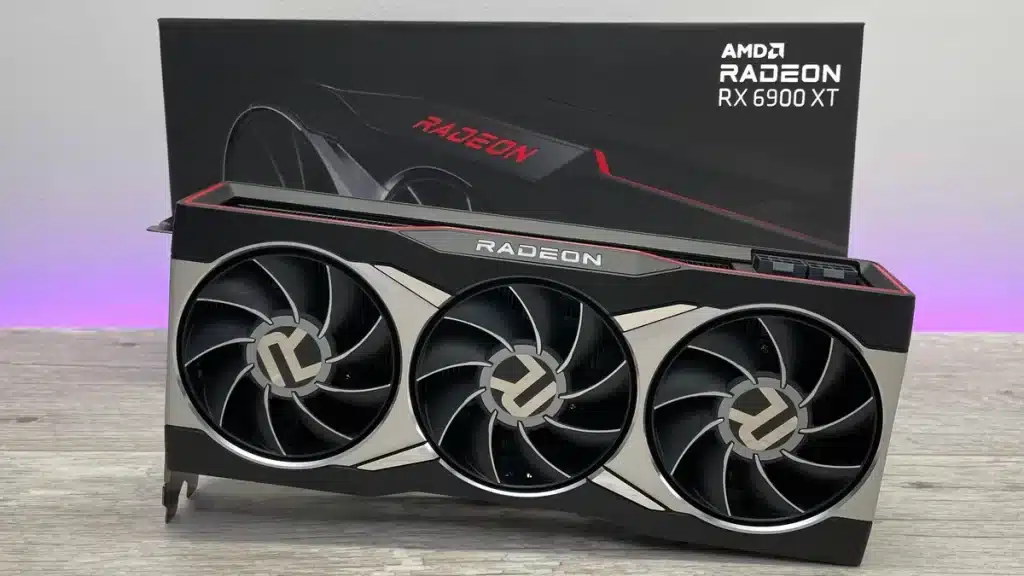You want to improve your visual experience or creativity and jump into the world of PC gaming or graphic design. Finding the right graphics card can impact the performance and quality of your computer’s graphics, whether you’re upgrading an existing setup or building a new system from scratch.
This article explores the five best tips to help you navigate the process of finding the right graphics card for your needs.
1. Assessing Usage
Before buying a graphics card, assess how you plan to use it. Are you a gamer looking for smooth gameplay at high resolutions and settings? Do you need it for professional tasks like video editing or 3D rendering?
Understanding your usage will help determine the performance level you need from a graphics card. Things to think about when you are gaming include the type of games you play and the resolution of your monitor. For professional tasks, look at software requirements and recommended specifications.
2. Setting a Budget
There are graphics cards in a range of prices, from cheap ones to high-end ones. You should think about how much you are willing to spend based on the level of performance you need for your needs. Remember to account for other components in your computer system that may need upgrading to support the new graphics card.
3. Researching Graphics Card Models
Research different graphics card models to find one that fits your requirements and budget. Look for reviews, benchmarks, and comparisons online to understand each model’s performance, features, and value for money.
When looking at GPU (graphics processing unit) architecture, VRAM (video RAM) capacity, clock speeds, and cooling solutions, pay close attention. For your needs, compare the cards’ specs to find the one that gives you the best value for money.
4. Checking Compatibility
Ensure compatibility between the graphics card and your computer system. Check the motherboard’s PCIe slot compatibility (e.g., PCIe 3.0 or PCIe 4.0) and physical dimensions to ensure the card fits inside your case.
Look at the requirements for the power supply unit (PSU) to make sure it can give the graphics card enough power. Some high-performance cards may require additional power connectors like 6-pin or 8-pin PCIe connectors.
5. Brand Reputation and Customer Support
Consider the reputation of the graphics card manufacturer and their customer support. Established brands often offer better reliability, warranty coverage, and driver support.
You can find out how people feel about a brand’s products and customer service by reading reviews and forums. A reputable brand with good customer support can assist if you encounter any issues or need help with installation and troubleshooting.
Find the Right Graphics Cards Today
Choosing the right graphics card is crucial for achieving optimal performance in gaming, design, and other intensive tasks. For a wide selection of quality graphics cards and expert advice on finding the perfect fit for your system, visit JW Computers. Explore their selection of products and services to improve your computer experience and get the right graphics card right now.
